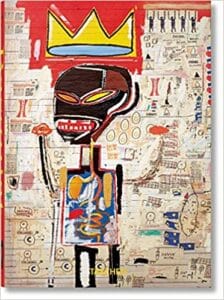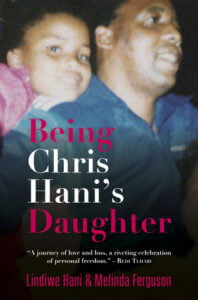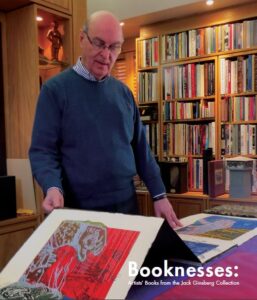Artists’ Laboratory 01: Ian McKeever RA
R200The first book in the Artists’ Laboratory series, delves into the work of Ian McKeever through essays and conversations.
Showing 33–48 of 760 results

The first book in the Artists’ Laboratory series, delves into the work of Ian McKeever through essays and conversations.


Banksy is the world’s most famous living artist, yet no one knows who he is. For more than twenty years, his wryly political and darkly humorous spray paintings have appeared mysteriously on urban walls around the globe, generating headlines and controversy. Art critics disdain him, but the public (and the art market) love him. With this generously illustrated book, artist and critic Carol Diehl is the first author to probe the depths of the Banksy mystery. Through her exploration of his paintings, installations, writings, and Academy Award-nominated film, Exit through the Gift Shop, Diehl proves unequivocally that there’s more to Banksy than the painting on the wall.

A comprehensive survey of the French Cameroonian artist’s multimedia explorations of colonialism and displacement.

Basquiat’s expressive style was based on raw figures and integrated words and phrases. His work is inspired by a pantheon of luminaries from jazz, boxing, and basketball, with references to arcane history and the politics of street life?so when asked about his subject matter, Basquiat answered “royalty, heroism and the streets.”

When Chris Hani was assassinated in his driveway in April 1993, he left a shocked and grieving South Africa, teetering on the precipice of civil war. But to 12-year-old Lindiwe Hani, it was the love of her life, her daddy, who had been brutally ripped from her world. While the nation continued to revere her father’s legacy, for Lindiwe, being Chris Hani’s daughter became an increasingly heavy burden to bear, propelling her into a downward spiral of cocaine and alcohol addiction in a desperate attempt to avoid the pain of his brutal parting.



BibliOdyssey’s mission has been to search the dustier corners of the
internet and retrieve these materials for our enjoyment. Thanks to the
efforts of this singular weblog, a myriad of long-forgotten imagery has
now resurfaced.

Catalogue of the first ever Biennale, Africus ’95 in Johannesburg bringing together eighteen South African and four Spanish artists reflecting the extreme diversity of these artists’ professional backgrounds and creative techniques

The exhibition Booknesses: Artists’ Books from the Jack Ginsberg Collection formed part of the larger Booknesses enterprise. The exhibition, consisting of 229 international and 29 local artists’ books and an extensive catalogue, was one of the largest and most ambitious exhibitions of its kind globally. Curated by David Paton, with the assistance of Rosalind Cleaver and Jack Ginsberg, the…

A group of botanists in search of rare species dismiss local custom at their peril. Love in all its wildness and wonder is found clinging to crumbling chalk cliffs and growing through cracks on city streets. A scientist takes a radical step to understand her houseplant. A poet remembers her beloved flowers, and the longing for a magnificent tropical garden outlasts death.

John Everett Millais (1829-1896) was a founding member of the Pre-Raphaelite Brotherhood and the quintessential English gentleman artist. Author Christine Riding analyzes his artistic career, his critics, and his audience, exploring the broader issues that preoccupied his contemporaries on the subject of art itself.

Part of a series of monographs on the lives and careers of influential British artists, from the 18th century onwards. In this volume, Daniels addresses the diversity of the painterly talents of Joseph Wright (“of Derby”), and the inextricable links between his art and the Enlightenment.

BRUCE MURRAY ARNOTT: INTO THE MEGATEXT provides the first comprehensive overview of one of South Africa’s most significant sculptors. His influence as an artist, scholar, designer, curator, and educator runs deep; intuited through the work of many of South Africa’s leading contemporary scholars and practitioners in the visual arts.
 Out of stock
Out of stock“Anyone who directly and genuinely renders what drives him to create is one of us,” proclaimed the manifesto of Die Brücke (The Bridge), a close-knit group of artists who first met in Dresden in 1905. Its founding members were four Jugendstil architecture students: Fritz Bleyl, Erich Heckel, Karl Schmidt-Rottluff and Ernst Ludwig Kirchner. Eschewing the contemporary academic styles and subjects, these four artists instead looked to their German art heritage to make…
No products in the basket.